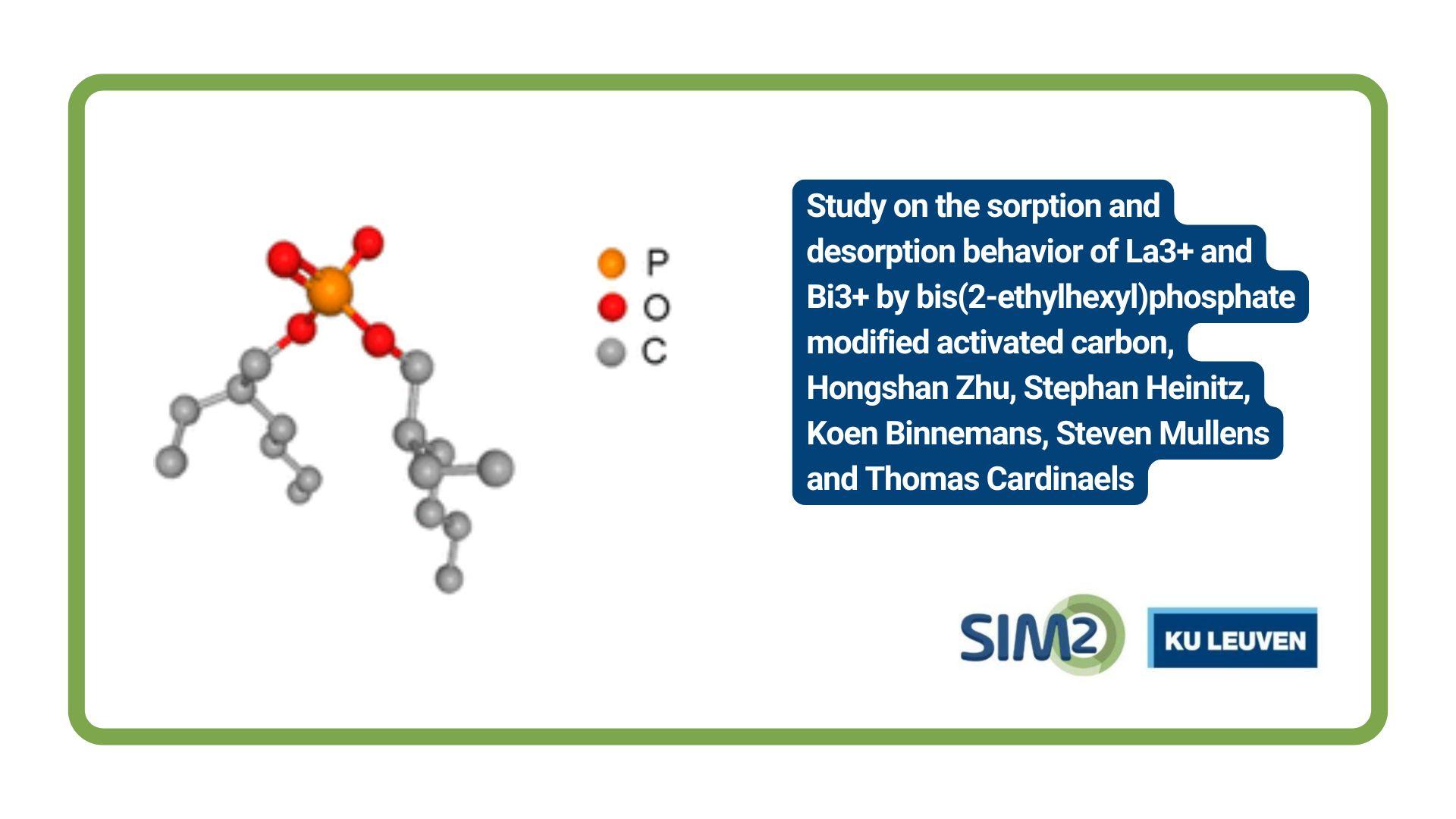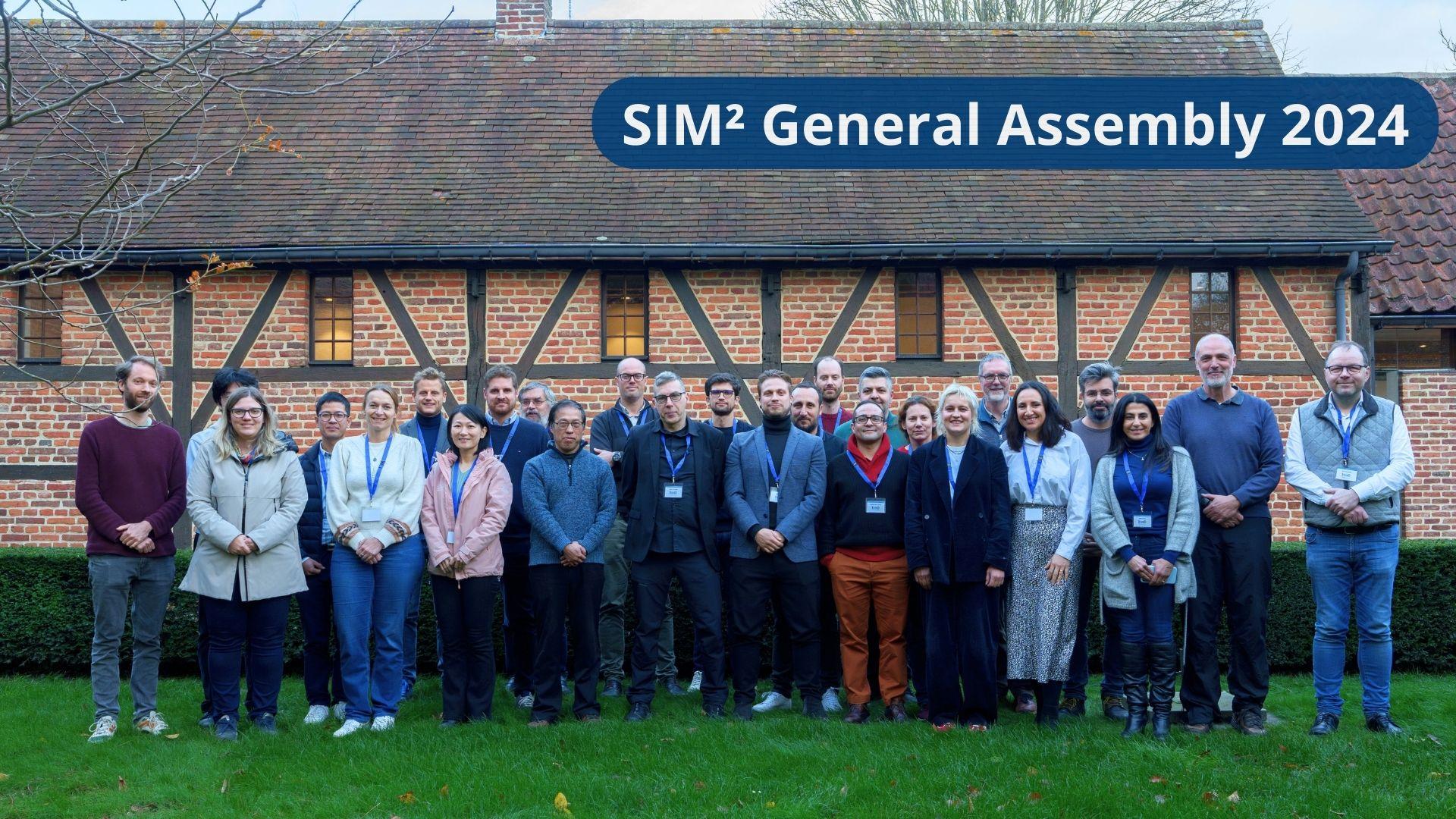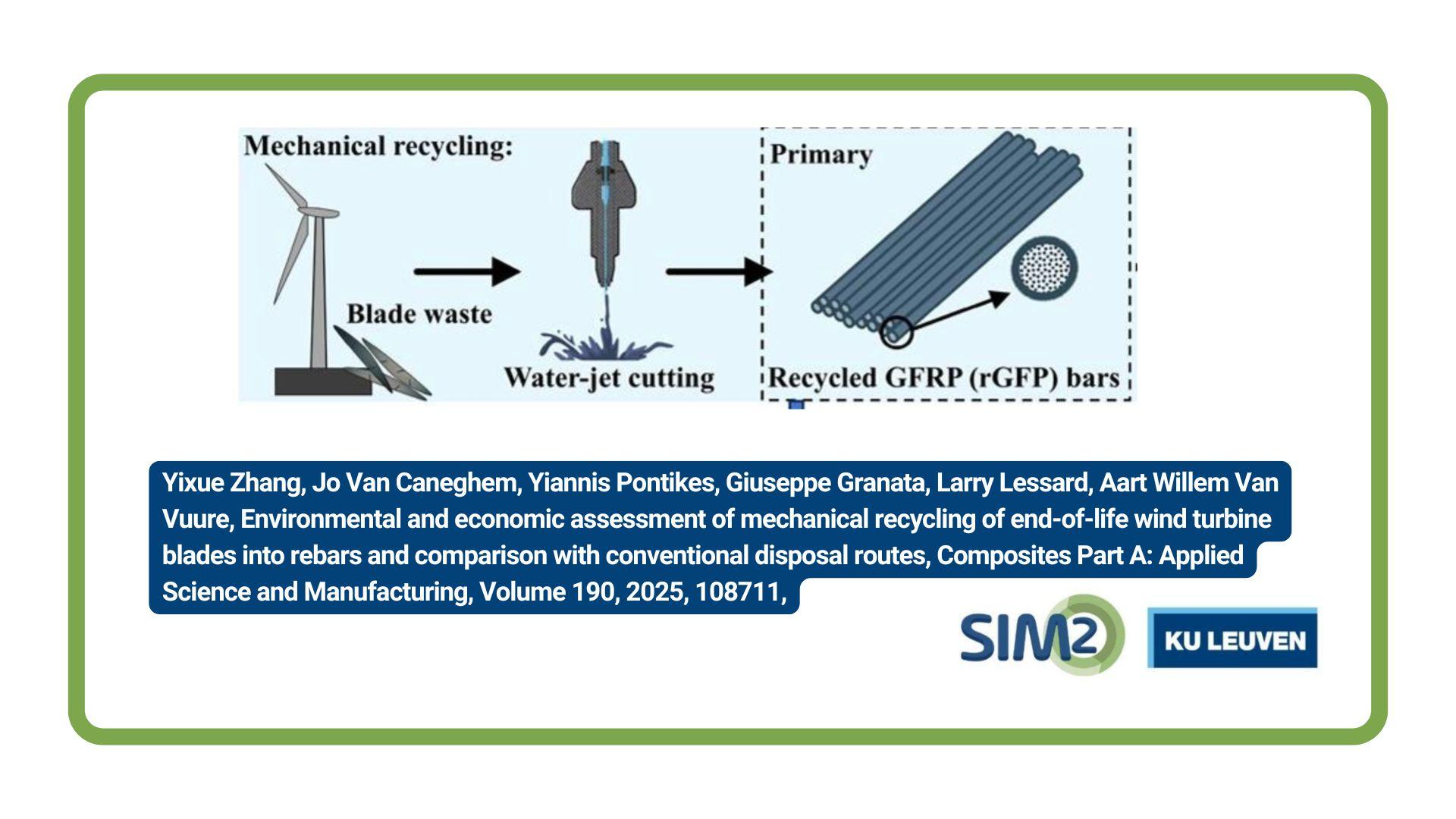REMAGHIC is a EU Horizon 2020 SPIRE project dealing with “New Recovery Processes to produce Rare Earth – Magnesium Alloys of High Performance and Low Cost”. REMAGHIC is focused on contributing to Europe’s rare earth recovery and magnesium recycling technologies. REMAGHIC thereby targets to improve the efficiencies of these processes and advancing the technology readiness levels for a new generation of industrial processes. As such, REMAGHIC will lead to new, low-cost competitive alloys for a wide variety of sectors across Europe’s manufacturing value chain. As input waste streams REMAGHIC works on lamp phosphors, CRT phosphors and NiMH batteries, i.e. waste streams that have been prioritised by the authorative ERECON report.
The first REMAGHIC Newsletter was sent out today by SIM² KU Leuven: it contains items on the Rare-earth Balance Problem (see below), University Training, a guide to Open Access … You can read it here: http://eepurl.com/cCja3f
Public Summary Balance Problem Studyin EU REMAGHIC:
One of the activities performed within WP1 is the “REE Balance Problem Analysis” (Task 1.2). The “Balance Problem” is here defined as the balance between the demand by the economic markets and the rare-earth elements (REEs) in ores. The report contains an overview for the trends in applications of the different REEs; moreover, the relationship between criticality and the Balance Problem is discussed. The declining use of REEs in nickel metal hydride (NiMH) batteries and in phosphors for fluorescent lamps and cathode ray tubes (CRTs) will have in the near future an influence on the REE markets and thus on the Balance Problem. The Balance Problem implicates that the rare-earth industry has to find new applications for REEs that are available in excess, or to search for substitutions for REEs that have limited availability and that are high in demand. REEs recovery from lamp phosphors, CRT phosphors and NiMH batteries will generate a supply of yttrium, lanthanum and cerium. These REEs can find new uses in magnesium alloys for the automotive, aeronautic and biomedical industry. For this reason their recovery from the selected waste streams represents a unique opportunity to partially mitigate the balance problem.





